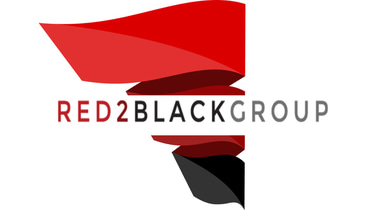Sales Team Design for Founder-Led Companies
Build the Right Team—Not Just a Bigger One
LEADERSHIP & MANAGEMENT
Patrick Mersinger
10/27/20252 min read


Founder-Led Sales Has a Shelf Life
Founders sell well—because they care. Because they built it. Because they live it. The passion they have for their organization bleeds into calls and gets others excited to be a part of it. Unfortunately, founder-led sales do not scale. Eventually, you run out of hours. You lose deals that need structure. You burn out.
Scaling sales means replacing instinct with process. Hustle with systems and personality with value propositions.
🔻 Deal Killer Alert:
“We’ll just hire a couple of reps and see who sticks.”
Few salespeople work if you do not have an onboarding and training process in place. You will complain about how you are only finding bad salespeople when, in reality, you are not providing the infrastructure to have good salespeople.
Step 1: Decide the Role of the Founder
The founder must evolve. From doer to leader. From seller to builder. The founder will always have a role in sales, but they need to learn hwo to incorporate a team to build sales. They can choose where they play.
Choose your lane:
Closer only
Strategic deals only
Coach for early hires
Note: Your new salespeople will not have the same sales problems that you have. They will have an entirely different subset of obstacles. Do not expect the new hire to have the same sales sequence or issues you have when selling as a founder.
Step 2: Hire the Right First Rep (Not the Flashiest)
Your first sales hire sets the tone for the entire team. It is not about charisma. It is about fit.
Hire for:
Curiosity
Grit
Coachability
Startup exposure
Process thinking
Avoid resume chasers. You do not need “enterprise sellers.” You need builders.
Be cautious, as it is tempting to hire a high-level VP of Sales, but most VPs of Sales have not been on the front lines in a long time. They possess a distinct set of skills.
Step 3: Define a Repeatable Motion Before You Scale
If a real estate agent showed you a beautiful house and said it has a foundation that could collapse at any time, would you buy the house? So do not build a sales team on a flawed foundation of hope. Start to create a sales foundation, and validate one sales motion first.
Ask this:
What triggers the buyer to act?
Why are they buying?
What objections come up often?
How long is the average cycle?
Who is your buyer?
Where can I find these buyers?
Turn answers into a repeatable workflow. Mine. Engage. Script. Close. Evaluate.
🔻 Deal Killer Alert:
“We’ll figure out the process after we hire.”
That creates chaos. Reps guess. Results stall.
Step 4: Build a Mini-Stack, Not a Frankenstein Stack
Tech cannot fix your funnel. But smart tools help. Start lean. Stay focused.
Minimum viable stack:
CRM (clean and enforced)
Clear sales materials
Proposal tool
Dashboard (basic KPIs)
No fluff. Just visibility.
Step 5: Coach Like It’s a Product Launch
You would not launch a product without feedback. Don’t launch a sales hire without it either.
Tight loop:
Daily check in(first 30 days)
Call reviews weekly
Pipeline reviews bi-weekly
Script iteration monthly
Founders who coach win faster. Founders who disappear lose reps.
Founder-to-Seller Playbook: Quick Checklist
✅ Clarify the founder's role in revenue
✅ Hire fit over flash
✅ Validate one repeatable motion
✅ Start lean with tools
✅ Coach like your runway depends on it (because it does)
Final Thought
Sales is not a single hire. It is a process that requires nurturing.
If you are still selling everything, your business is stuck. If your new hires fail fast, you have designed for confusion.
Founders who scale sales build structure. They train early. They coach hard. They stay close.
Sales is your second product. Build it with intent.
Sales Consultancy
Building Long Term Revenue
Connect now:
© 2025. All rights reserved.
Try our Free Elevator Pitch Tool:
